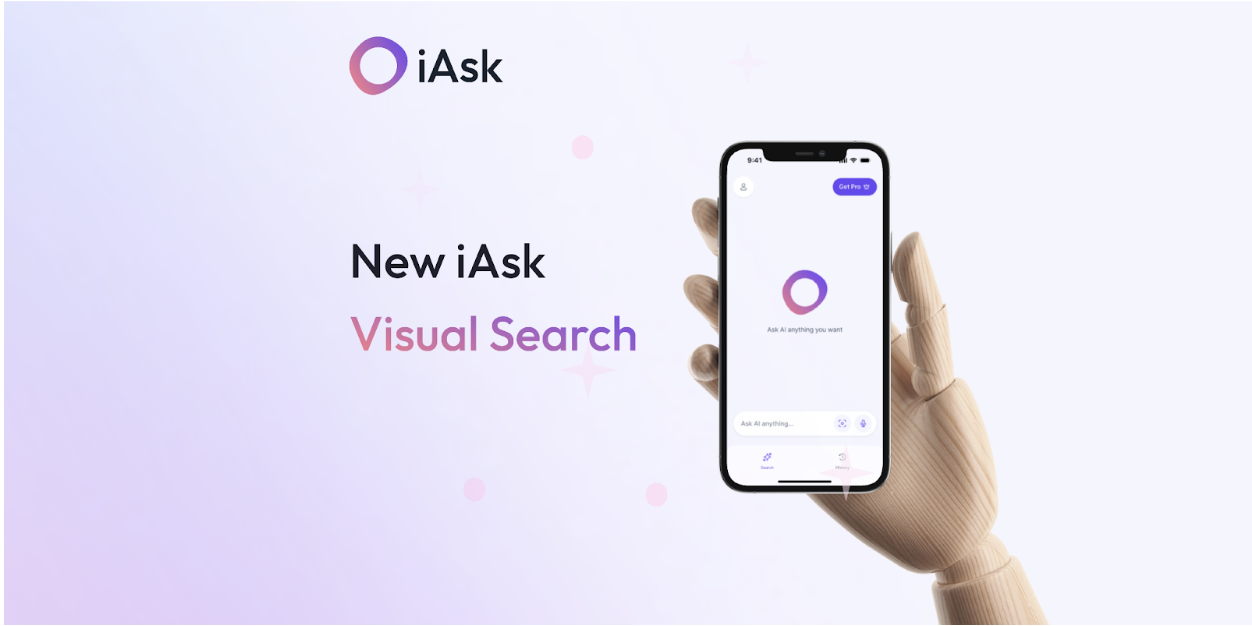Tech
E-commerce Businesses Use Affiliate Marketing to Compete in the Market

In a global survey, it has been found that e-commerce businesses are making use of digital marketing on a large scale to increase their profit. As per the survey results, the use of affiliate marketing techniques is prevalent in the e-commerce world. The popular reasons for the high use of affiliate marketing are the benefits and low-risks associated with it. The survey highlights that the trend is more common in developing countries as digital penetration is increasing in such countries.
Due to the increasing awareness about affiliate marketing, it has become common for individuals to opt for an affiliate program to boost the sales of their e-commerce businesses. There are certain benefits associated with an affiliate marketing program. One of the advantages of using affiliate marketing is that it works on the performance-based. Other benefits of affiliate marketing programs are its cost-effectiveness, the capability to increase the online reputation of a business as well as the audience base.
The offering of affiliate programs by many online sources has also increased the reach of many small businesses to this type of marketing. There are plenty of affiliate marketing tools available in the market which have been contributing to an increase in the income of business using online ads. Adplexity is one such tool which is in high use by affiliate marketers to promote their eCommerce business. It is available online at an affordable price with the 50% coupon code. The spy tool helps to collect knowledge about the competitors’ ads by viewing, studying, and copying from online sources. One can click here for adplexity coupon, which is offered by max planet to prospective marketers.
Due to the increasing growth of the eCommerce market, it has become common to make use of different digital marketing techniques for eCommerce businessmen. And in the coming years, the growth of affiliate marketing programs will increase significantly all across the world.
Tech
How iAsk Visual Search Captures and Delivers Detailed Insights from the World You See

Byline: Shem Albert
There are moments when the world around you sparks curiosity, yet you do not even know the word for what you are seeing. You describe it in painstaking detail, type and retype, scroll through search results, hoping something matches. Minutes pass, sometimes longer, just to uncover a simple answer. That experience of encountering something unfamiliar and struggling to put it into words is all too common, yet often goes unnoticed. With a single photo, however, everything changes. iAsk Visual Search bridges that gap. Suddenly, the mystery becomes an opportunity to learn, experiment, or act in the moment.
Turning Discovery into Action
Using iAsk Visual Search is simple, yet the possibilities it opens up are immediate. You open the app and snap a photo of the object, diagram, or scene that has caught your attention. Instantly, the app identifies what it sees and provides context, turning a moment of curiosity into a starting point for exploration. From there, you can ask follow-up questions to dig deeper, consider alternatives, or uncover how something works in practical terms.
This goes far beyond basic identification. Where traditional image recognition might simply name an object or offer a brief description, iAsk lets you continue the conversation. It remembers the image, so you can explore multiple layers of information without starting over. What begins as a single observation quickly expands into actionable insights you can apply immediately.
Real-World Applications in Everyday Life
The real test of significance for iAsk Visual Search is how it is used in a user’s everyday life. Novice cooks and experienced chefs can rely on it to identify an unfamiliar ingredient and ask follow-up questions, such as preparation tips, cooking methods, or possible substitutions. Users can experiment with complementary flavors or adapt recipes based on what is available in their pantry, reducing hesitation and encouraging culinary creativity.
A quick snapshot of a street sign, menu, or product label in a foreign language is another way iAsk Visual Search supports everyday tasks. Users can ask follow-up questions to clarify translations, understand cultural context, or receive practical guidance. This enables individuals to navigate unfamiliar environments with confidence and ease.
These examples illustrate how iAsk Visual Search can become a versatile companion in daily life. It can serve as a travel guide, a study aid, or a creative assistant. Artists, crafters, and curious hobbyists can explore materials, techniques, or designs with guidance that is immediate and interactive. Each interaction transforms curiosity into tangible results, empowering users to act on the knowledge they gain instantly.
A Tool That Stands Apart
iAsk Visual Search stands out for its interactive, context-sensitive design. Users can maintain an ongoing dialogue with the app, exploring details without losing sight of the original image. This makes it possible to investigate complex subjects and adapt the information to specific tasks.
Privacy and accessibility are central to the experience. Images are not stored, personal data is not tracked, and there are no ads to interrupt the workflow. The app is available across multiple platforms without subscription barriers, making it accessible to students, parents, hobbyists, and professionals alike.
Curiosity Translated into Results
iAsk Visual Search turns a simple photo into an understanding you can act on. Whether it’s decoding a diagram, identifying an object, or untangling a confusing concept, a snapshot instantly delivers context, explanations, and next steps. It doesn’t just show you — it teaches you, guiding each discovery into something useful.
Every question becomes a chance to learn, explore, or create. From the kitchen to the classroom, the trailhead to the studio, iAsk makes the world clearer and curiosity immediately productive.
Snap. Ask. Learn. Then act. The answers are there. All you need to do is iAsk.
-

 Tech5 years ago
Tech5 years agoEffuel Reviews (2021) – Effuel ECO OBD2 Saves Fuel, and Reduce Gas Cost? Effuel Customer Reviews
-

 Tech6 years ago
Tech6 years agoBosch Power Tools India Launches ‘Cordless Matlab Bosch’ Campaign to Demonstrate the Power of Cordless
-

 Lifestyle6 years ago
Lifestyle6 years agoCatholic Cases App brings Church’s Moral Teachings to Androids and iPhones
-

 Lifestyle5 years ago
Lifestyle5 years agoEast Side Hype x Billionaire Boys Club. Hottest New Streetwear Releases in Utah.
-

 Tech7 years ago
Tech7 years agoCloud Buyers & Investors to Profit in the Future
-

 Lifestyle5 years ago
Lifestyle5 years agoThe Midas of Cosmetic Dermatology: Dr. Simon Ourian
-

 Health7 years ago
Health7 years agoCBDistillery Review: Is it a scam?
-

 Entertainment6 years ago
Entertainment6 years agoAvengers Endgame now Available on 123Movies for Download & Streaming for Free
